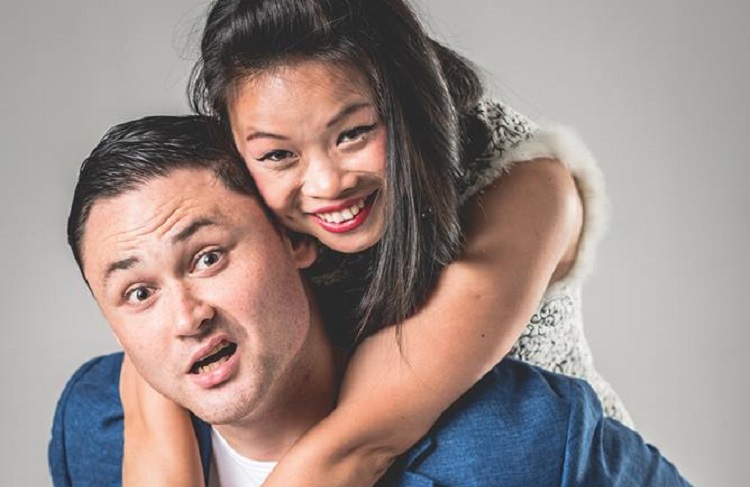Like any ordinary man, Aaron Stadlin-Robbie thought it would be great to walk through the streets of Hong Kong together with his family. Suddenly, he felt a pressure in his chest so intense he thought he was dying of a heart attack, and a sense of fear so real that the now 31-year-old describes it as "the most terrifying thing" that has ever happened to him.
According to South China Morning Post, this was the first time Stadlin-Robbie experienced a panic attack. It came "out of the blue," he says, and although the sensation and the terror faded after about 10 minutes, it was not long before it returned.
The second time, he went to a friend's house and together they tried to calm him down. He knew something must be wrong with him. But unlike the physical injuries he was used to from playing rugby, he had no idea what had caused it - he did not consider his life to be particularly stressful - let alone how to stop it.
That first panic attack was six years ago. Today Stadlin-Robbie - a friendly, outgoing New Zealander who grew up in Hong Kong and trained as a TV and radio host - is able to talk about them with composure, having accepted that anxiety, of which panic attacks are a symptom, are a permanent part of his life.
In 12 half-hour episodes, Stadlin-Robbie interviews various professionals including a nutritionist, a sex therapist, a professional e-sports player, and an organizational coach, asking for their advice on how to manage his condition. He also discusses mental health with his rugby teammates and some of his family members, and in the final episode, he reviews what worked and what did not in an "honesty hour."
"I didn't want to go outside. I didn't want to talk to anyone because as soon as I talked to someone it would bring it back up, so I stayed inside and stayed really quiet," he says of the period after the attacks began. His family was always supportive, he says, but he found it hard to explain what he was going through, even to his wife.
Anxiety is the most common mental illness, affecting 40 million adults. It is an umbrella term for a number of mental health disorders, including generalized anxiety disorder, panic attacks, obsessive-compulsive disorder, and post-traumatic stress disorder, The Guardian reports.
These are characterized by persistent and unrealistic worry about everyday things. Treatment typically involves talk therapy, such as psychotherapy or cognitive behavioral therapy, and more severe cases can be treated with medication.






